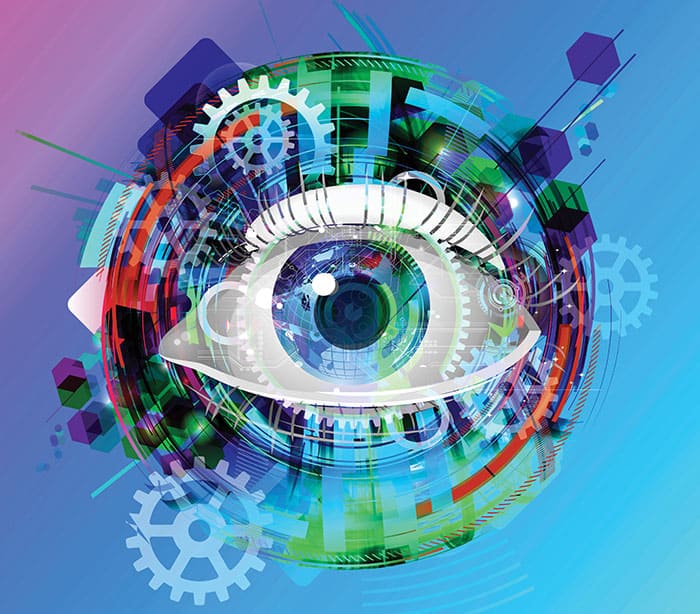
Members of scientific evaluation committees who deny that gender discrimination is a problem tend to unconsciously hire fewer women than men. That is according to a study by social scientists and cognitive psychologists in France who say that education and training is required to overcome the biases that lead to this gender discrimination during the recruitment process.
Women are underrepresented in many areas of science, technology, engineering and mathematics (STEM), particularly in physics. At the French National Centre for Scientific Research (CNRS), for example, women make up just 35% of all researchers – a figure that decreases for senior research positions. A team led by Isabelle Régner and Pascal Huguet from Aix-Marseille Université therefore decided to see if this disparity is caused by the intrinsic beliefs of the hirers themselves regarding gender roles.
In the study, the team asked the members of 40 CNRS evaluation committees that were responsible for assessing applications for high-level research director positions to carry out a gender-science implicit association test (IAT). The committees were made up of both CNRS and non-CNRS researchers from all scientific disciplines. Developed originally in the 1990s by US-based social psychologists, IAT tests are designed to tease out your subconscious attitudes to everything from race and gender to disability and sexual orientation.
The take-home message of this interesting study is that we must set the bar yet higher, in designing and applying effective interventions to mitigate the effects of both implicit and explicit bias
Amy Graves
An IAT test measures participants’ association strength between the concepts “male” and “female” and the attributes “science” and “liberal arts” by asking them to respond to words flashed up on a computer screen. In contrast to explicit beliefs that can be conscious, implicit beliefs are instinctive, or at least have a large impulsive component. “Our brain learns by making associations,” Régner told Physics World. “For example, when you think of the word ‘table’, everything that is related to a table is activated in your memory. The same applies for stereotyping gender – in this case that science brings to mind men rather than women.”
Régner says that this implicit stereotype affects the recruitment decision the evaluators make, but only when the participant denies or minimises the fact that discrimination against women scientists exists and also attributes the male-female disparity in science to other factors. Such evaluators therefore recruit fewer women. In contrast, when recruiters acknowledge the possibility of discrimination, implicit stereotypes – however strong they are – have no effect on the evaluators’ hiring decision.
“We were not surprised by the result since we already knew that such implicit gender stereotypes are present in the general population. As women are underrepresented in science, we inherently conclude that science is simply not for women,” says Régner. “The result does bring with it a solution though — when we realize that we have an intrinsic bias, we will make a conscious effort to block this bias.”
Perils of biases
Régner and colleagues point out that education and training is required to overcome such biases. “We must train evaluators and not simply inform of the existence of discrimination and intrinsic bias,” she says. “We need to explain to them that their behaviour involves memory, and how they themselves are victims of this so that they can effectively counteract it.” Surely you’re not biased
Amy Graves, a physicist from Swarthmore College in the US, who has carried out gender studies in physics and who was not involved in the work, says that journals and funders have begun to make reviewers aware of the “perils of biases” that unfairly skew assessment by gender, nationality and institutional prominence. “Régner and colleagues have interesting data to add to the compelling case for educating reviewers about gender bias,” she says. “The take-home message of this interesting study is that we must set the bar yet higher, in designing and applying effective interventions to mitigate the effects of both implicit and explicit bias.”
Kuheli Dutt, diversity officer for Lamont-Doherty Earth Observatory at Columbia University in New York, agrees. “These results are consistent with previous research on implicit gender bias that found that men, including male STEM faculty, were reluctant to believe that such bias exists,” she says. “Other research has found that women were more likely to be credited with the manual labour of science – that is, a supporting role – whereas men were more likely to be credited for the bigger picture and vision”.
The research is published in Nature Human Behaviour.



